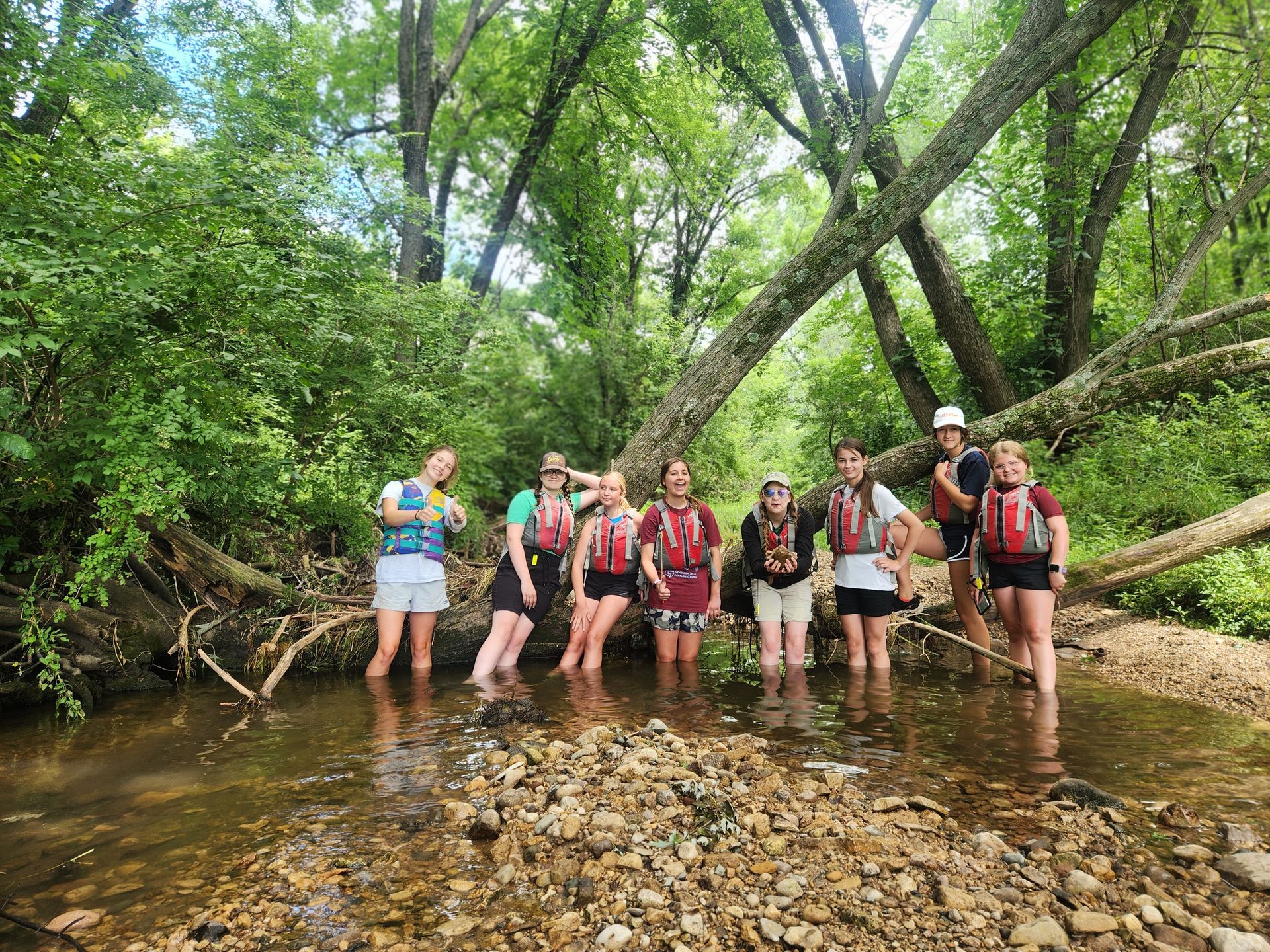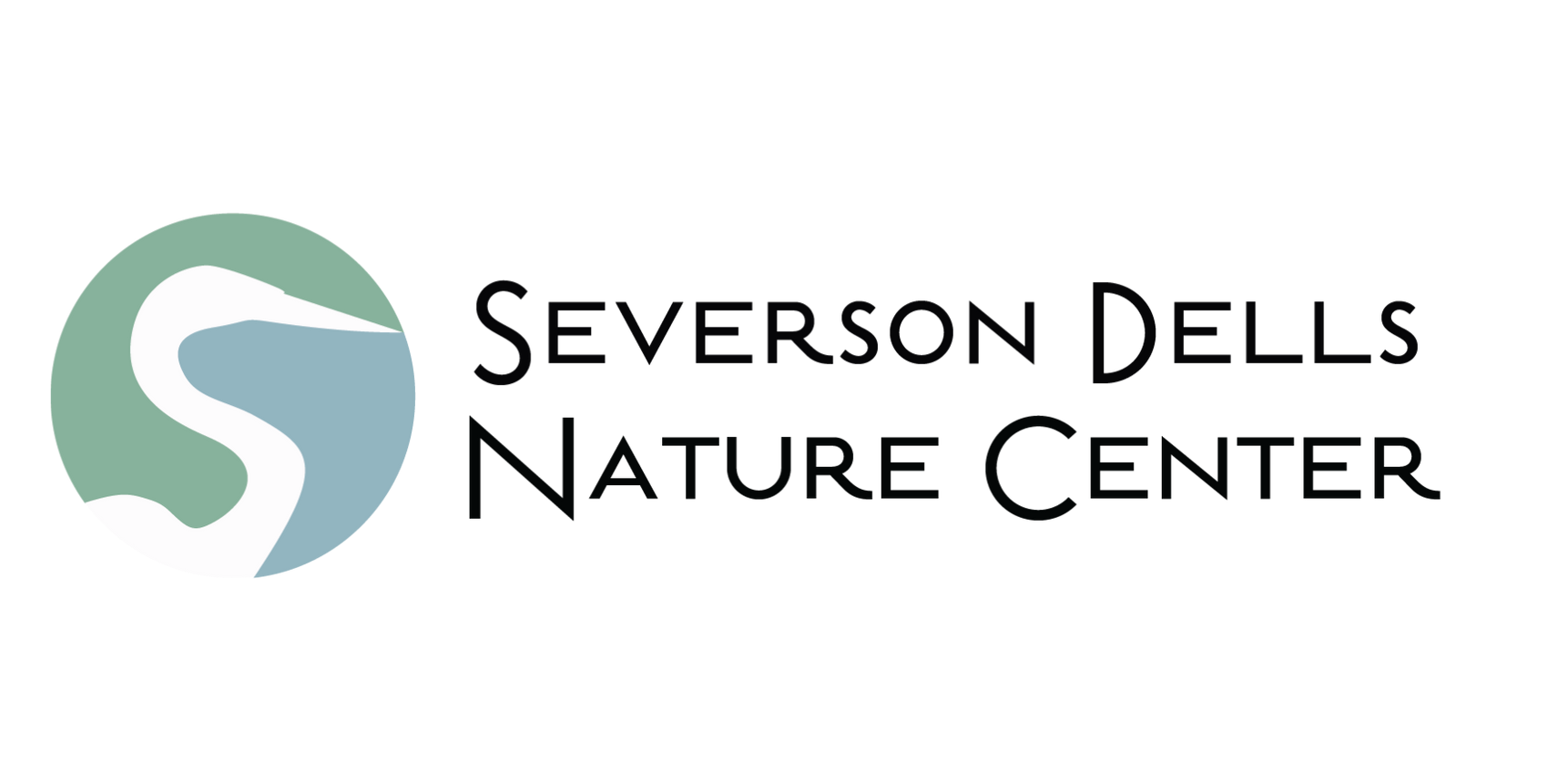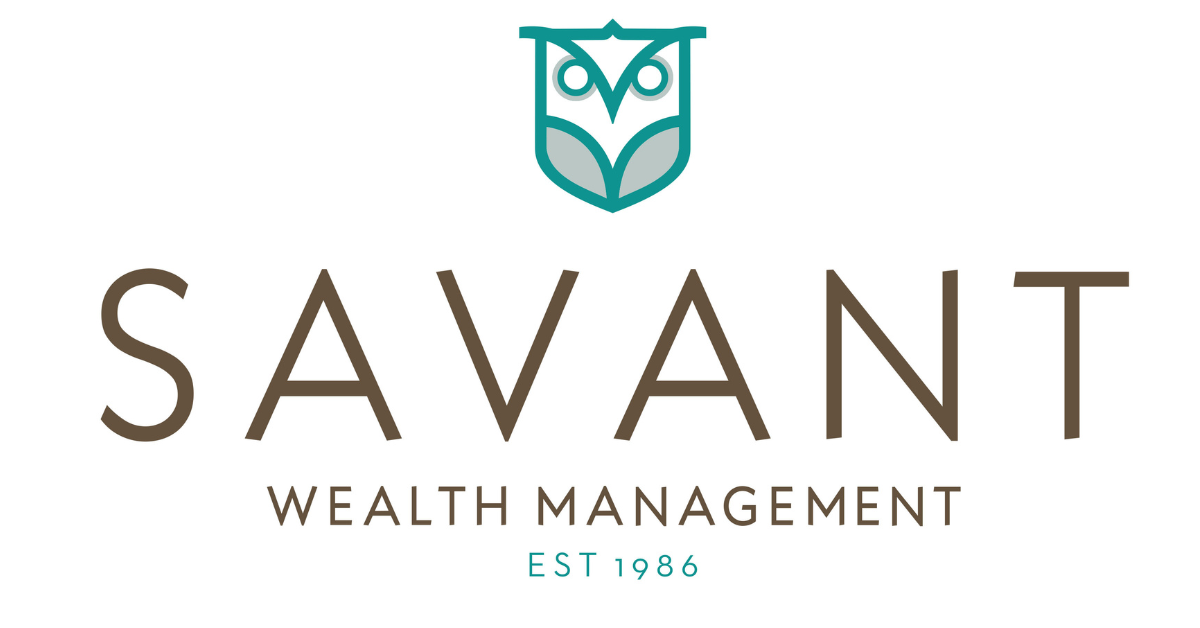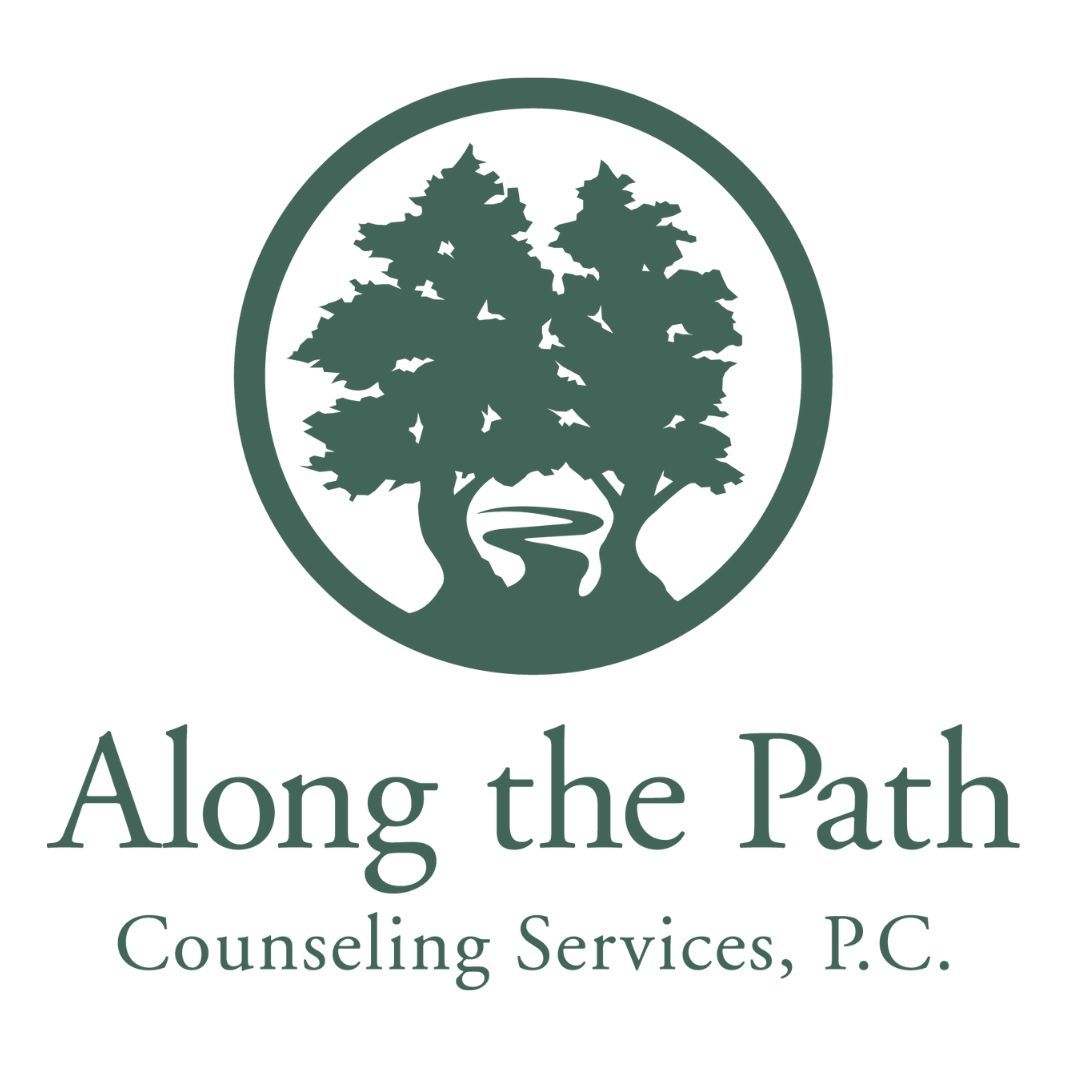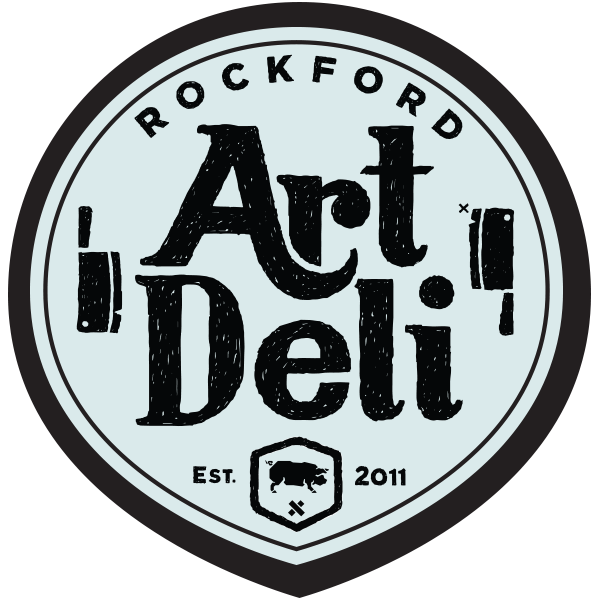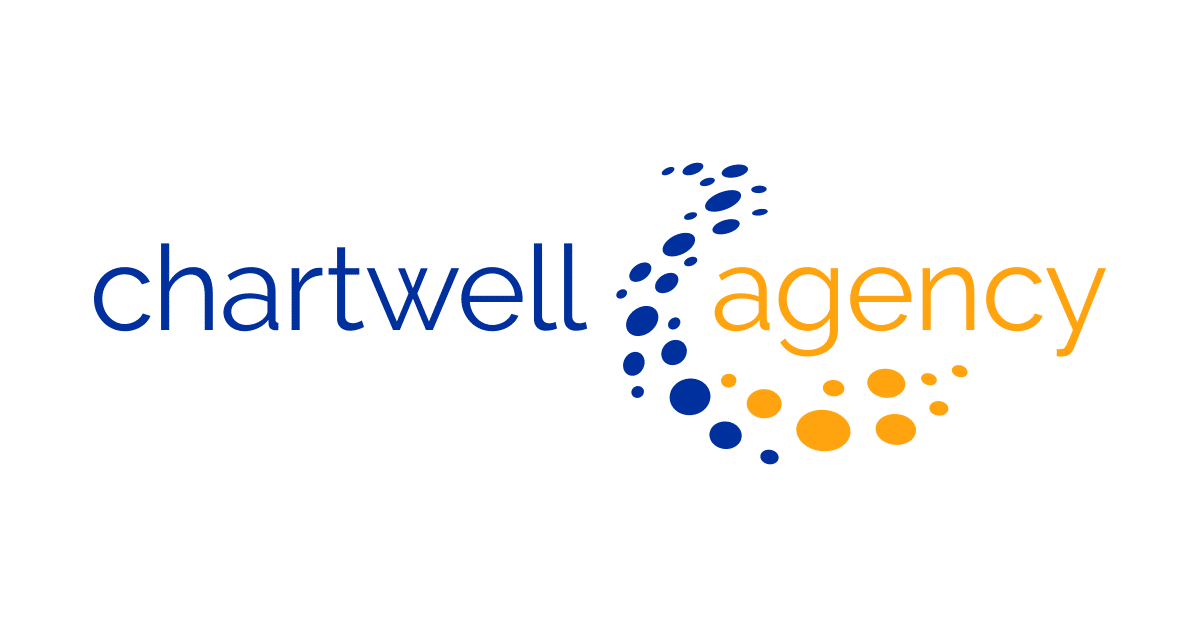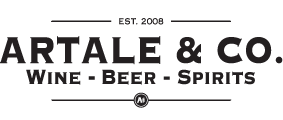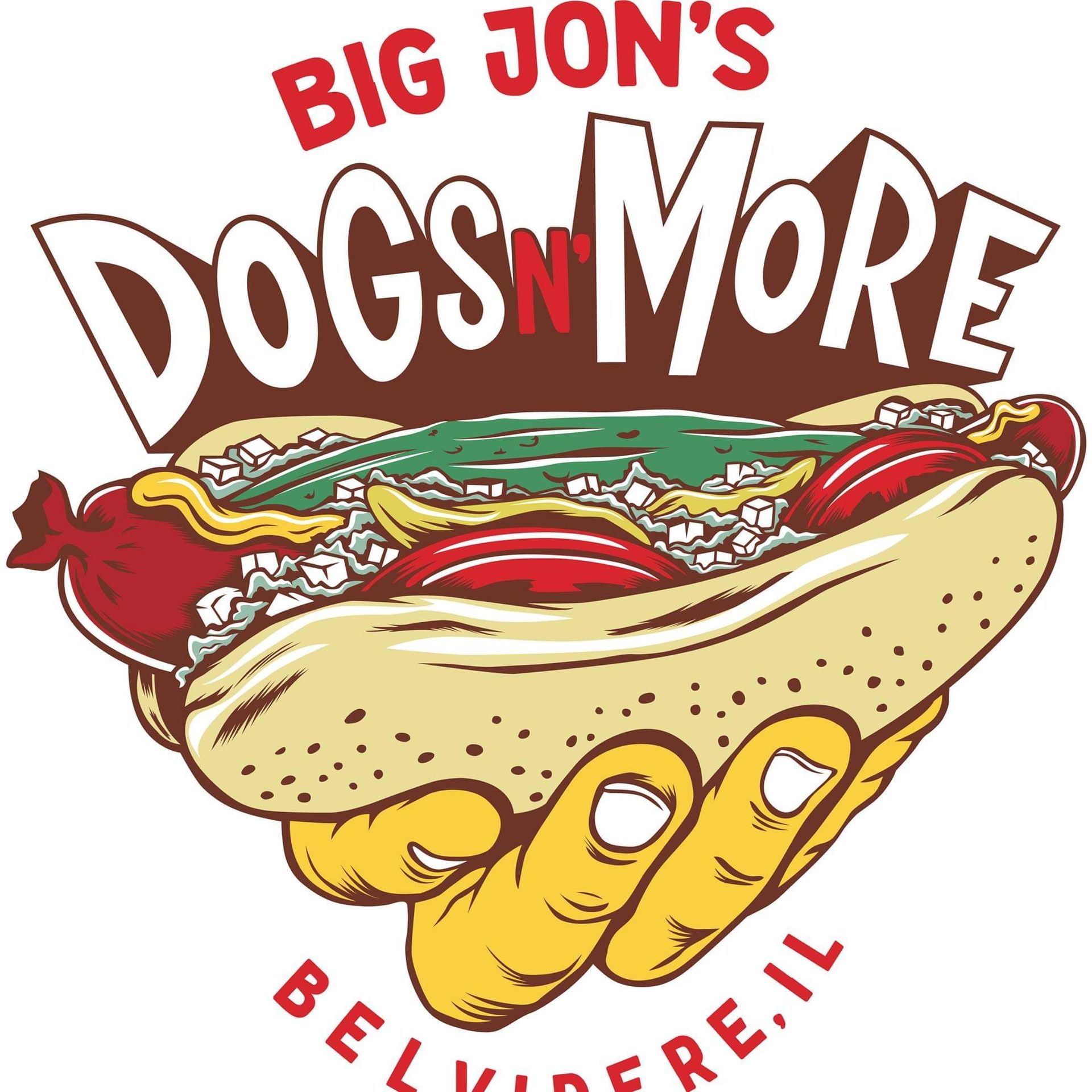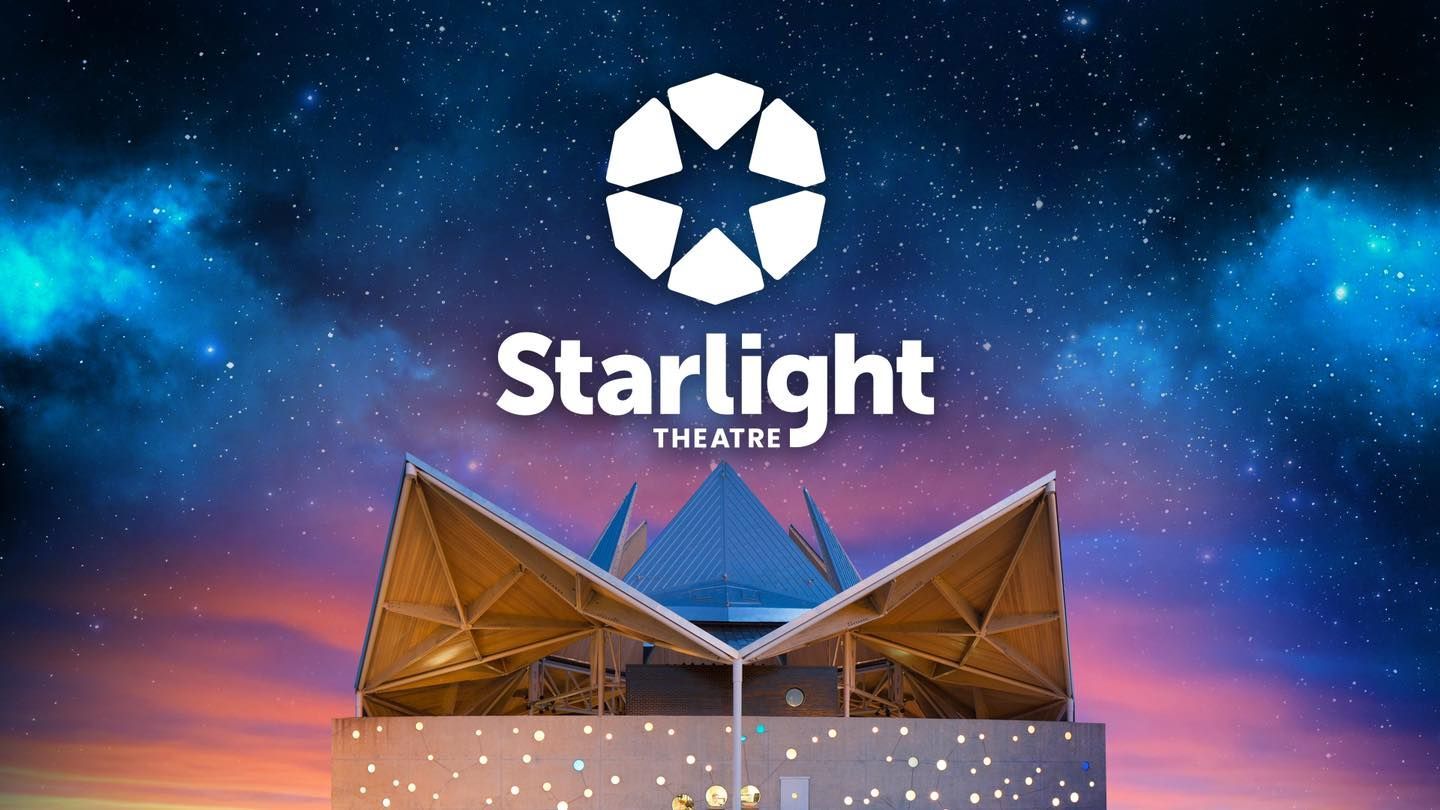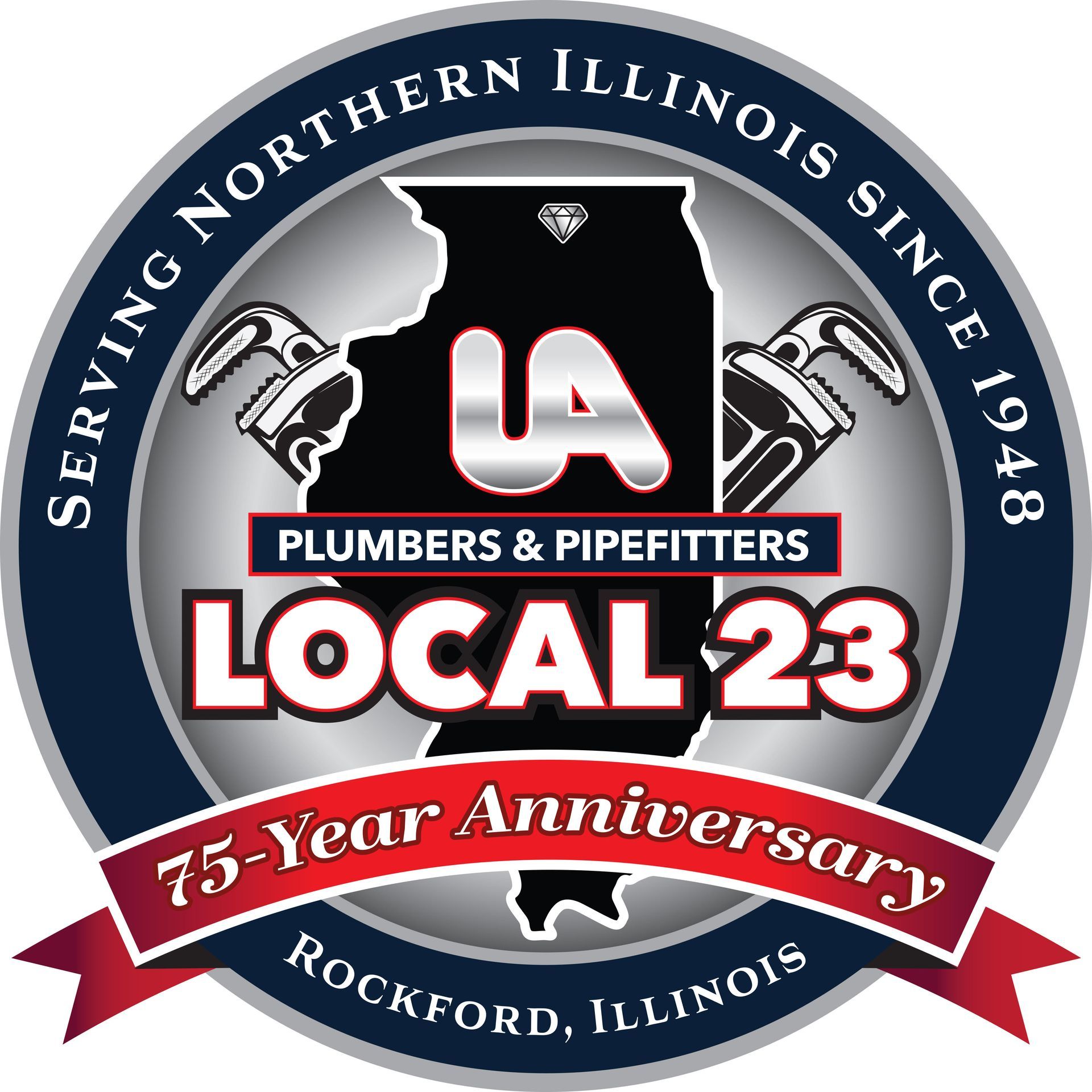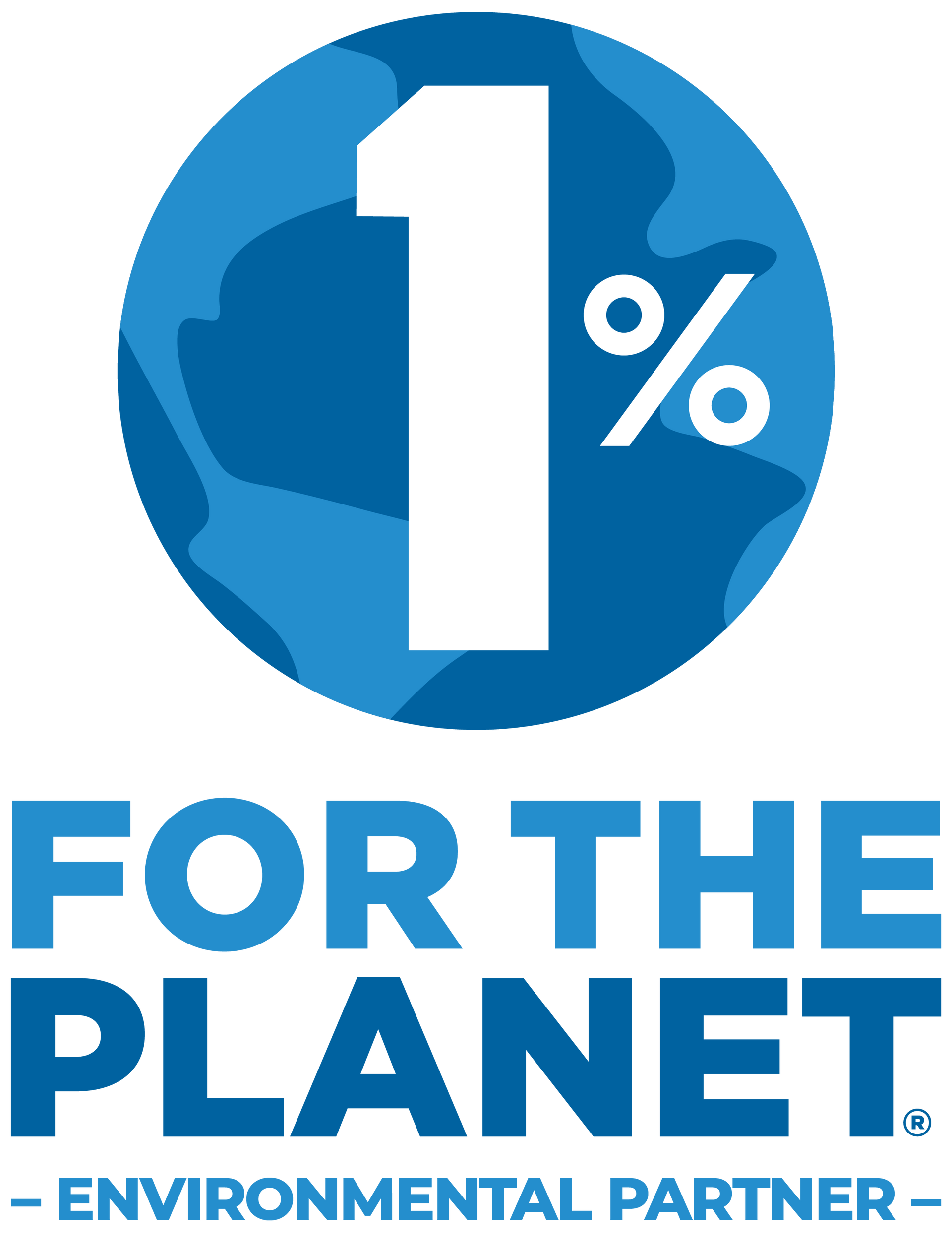FIELD NOTES BLOG
2024 Kishwaukee Christmas Bird Count Recap
Imagine waking up full of anticipation at 3:30 am, rushing to pack your bag with field guides and bundling up to face the bitter December cold. What would be worth the early, cold wake-up? The Christmas Bird Count! The Christmas Bird Count is the longest running community science project in the country. It is administered by the National Audubon Society. Between December 14th and January 5th, hundreds of individual day-long counts take place across the country. Each count takes place in a 15 mile diameter circle. There are three counts that take place in the Rockford area. Severson Dells Nature Center is in the Kishwaukee count area.
The Kishwaukee Christmas Bird Count team put in an excellent effort last December, making 17,391 observations of 68 bird species. The counters got ahead early, starting at 3:30 am, to ensure that they could count owls that are active at night. At 7:00 am the real game began when the diurnal birds came out. The team drove a total of 343 miles and added another 54 miles on foot. Three rookie birders came through big this year, while the veteran birders built upon their past experience to ensure the count ran smoothly.
The most common bird this year was the Canadian goose. The most diverse location in the count area was Blackhawk Springs Forest Preserve with 39 species of birds. The largest percentage increase from last year was seen in the Hairy woodpecker, of which observations nearly doubled from last year.
Species seen this year were:
Canada Goose, Mallard, Red-bellied Woodpecker, Yellow Bellied Sapsucker, Downy Woodpecker, Northern Flicker, Blue Jay, American Crow, Black-capped Chickadee, Tufted Titmouse, White-breasted Nuthatch, Brown Creeper, Golden-crowned Kinglet, Dark Eyed Junco, Northern Cardinal, House Sparrow, Herring Gull, Mourning Dove, Pileated Woodpecker, Ruby-crowned Kinglet, Eastern Bluebird, American Robin, Yellow-rumped Warbler, Fox Sparrow, White-throated Sparrow, Common Merganser, Wild Turkey, Sharp-shinned Hawk, Cooper's Hawk, Bald Eagle Adult, Bald Eagle Immature, Barred Owl, Belted King Fisher, Hairy Woodpecker, Merlin, Winter Wren, Carolina Wren, European Starling, Cedar Waxwing, American Tree Sparrow, White-crowned Sparrow, Eastern Meadowlark, American Goldfinch, Red-tailed Hawk, Great Horned Owl, House Finch, Rough-legged Hawk, Hermit Thrush, Song Sparrow, Swamp Sparrow, Northern Harrier, Red-winged Blackbird, Ring-billed Gull.
The Christmas Bird Count is unique because of its scale and flexibility, which results in challenges and opportunities in using the data. Because there is a lot of variety in effort between count areas and across years, comparing data between counts and drawing trends over time is not straightforward. Calculations must be done to adjust the number of observations for the amount of effort in a count area. Count areas also have to be averaged out into “Bird Conservation Regions” to remove statistical noise. The trends of bird populations in these bird conservation regions can be viewed at https://www.audubon.org/community-science/christmas-bird-count/where-have-all-birds-gone. To participate in this years Christmas Bird Count visit https://gis.audubon.org/christmasbirdcount/?_gl=1*90mxdm*_gcl_au*MTgzNjAyMjIzMy4xNzM4
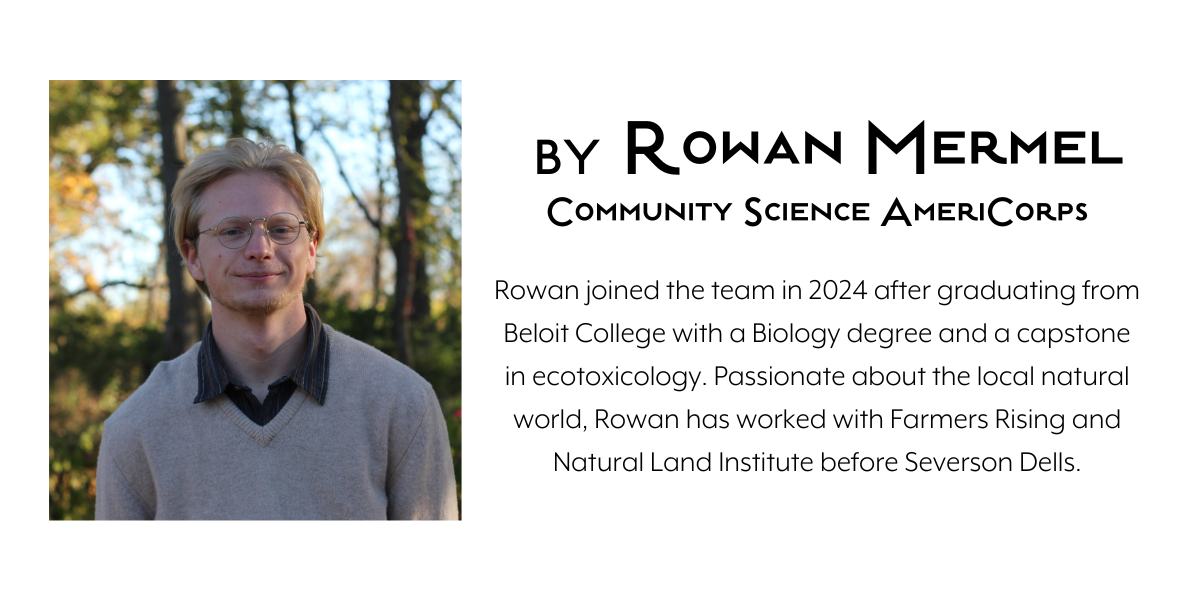
RECENT ARTICLES
